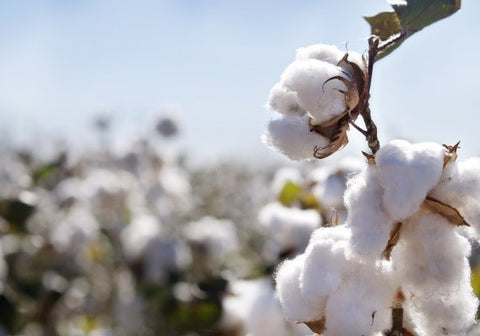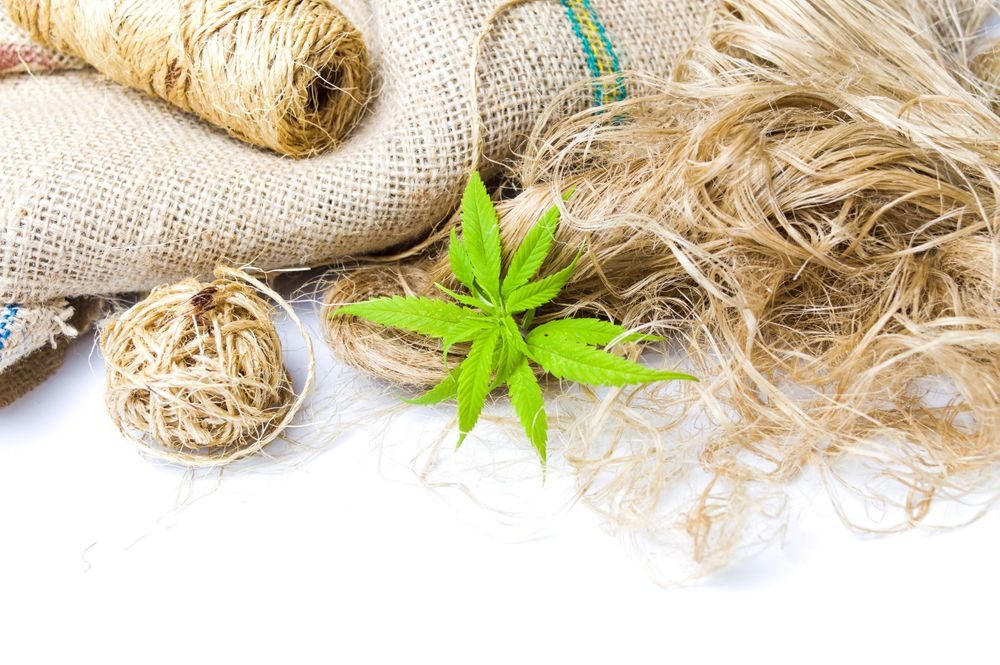The fashion industry
The fashion industry (comprising designer and basic clothing, footwear and accessories) is highly complex and characterized by short runs, fast turnover.
Taken aggregate, the textile and clothing life cycles consume more energy and water than do the product life cycles of any other industry other than construction or agriculture.
The power of fashion
Nevertheless, it is important to respect the power of fashion and adornment, and understand its significance in cultures across the world, from the earliest people to the present day. Fashion performs many roles: it is a social catalyst, a communication medium. Through our clothing we can show we belong to the crowd or make radical statements that proclaim our differences. Fashion provides livelihoods, and sustainable fashion must continue to meet our personal and symbolic needs, while addressing the intrinsic problems of the fashion system.
Here is a list of sustainable vegan fabrics that are better for the environment and does not cause harm to animals
1.Organic cotton

Organic cotton is generally defined as cotton that is grown organically in subtropical countries such as India, Turkey, China, and parts of the USA from non-genetically modified plants, and without the use of any synthetic agricultural chemicals such as fertilizers or pesticides. Its production is supposed to promote and enhance biodiversity and biological cycles. Cotton covers 2.5% of the world's cultivated land but uses 10-16% of the world's pesticides, more than any other single major crop. Like other vegan fabrics, organic cotton is easier to clean than wool, faster drying, and softer to the touch.
2. Linen
 Linen is made from the fibres of the flax plant. Although it is laborious to manufacture, but the fibre is very strong, absorbent and dries faster than cotton. Linen can be used in making many products such as aprons, bags, towels, napkins, table runners, chair covers, bed linens, men’s wear and women’s wear. Linen easily releases moisture into the air, which keeps you cool. In addition, it is non-allergenic, and requires considerably fewer pesticides and fertilizers than other crops and is both recyclable and biodegradable.
Linen is made from the fibres of the flax plant. Although it is laborious to manufacture, but the fibre is very strong, absorbent and dries faster than cotton. Linen can be used in making many products such as aprons, bags, towels, napkins, table runners, chair covers, bed linens, men’s wear and women’s wear. Linen easily releases moisture into the air, which keeps you cool. In addition, it is non-allergenic, and requires considerably fewer pesticides and fertilizers than other crops and is both recyclable and biodegradable.
3. Seaweed

Dried seaweed is crushed coarsely, ground, and simultaneously introduced into cellulose fiber, from which materials for a wide variety of textiles, known as SeaCell, are manufactured. SeaCell is a fibre with many benefits. It is breathable and light. The fabric feels soft and supple against the skin. The most impressive aspect of this fibre, however, is that the nutrients seaweed are retained in the fibre, which the skin can then absorb. Natural body moisture promotes this transfer of nutrients, when the skin comes in contact with the fabric. Not only is the product biodegradable, the manufacturing method also follows sustainable practices.
4. Hemp

 Hemp is called a fiber of hundred uses. It was important for textile, paper, rope and oil production. Hemp is environmentally friendly in many ways. Hemp has a deep root system that helps to prevent soil erosion, removes toxins, provides a disease break, and aerates the soil to the benefit of future crops. True hemp is a fine, light-coloured, lustrous, and strong bast fiber. When spun, it is rather like flax but thicker and coarser. It is a very strong fiber and is used in the manufacture of carpets, rugs, ropes etc.
Hemp is called a fiber of hundred uses. It was important for textile, paper, rope and oil production. Hemp is environmentally friendly in many ways. Hemp has a deep root system that helps to prevent soil erosion, removes toxins, provides a disease break, and aerates the soil to the benefit of future crops. True hemp is a fine, light-coloured, lustrous, and strong bast fiber. When spun, it is rather like flax but thicker and coarser. It is a very strong fiber and is used in the manufacture of carpets, rugs, ropes etc.
To be continued..

